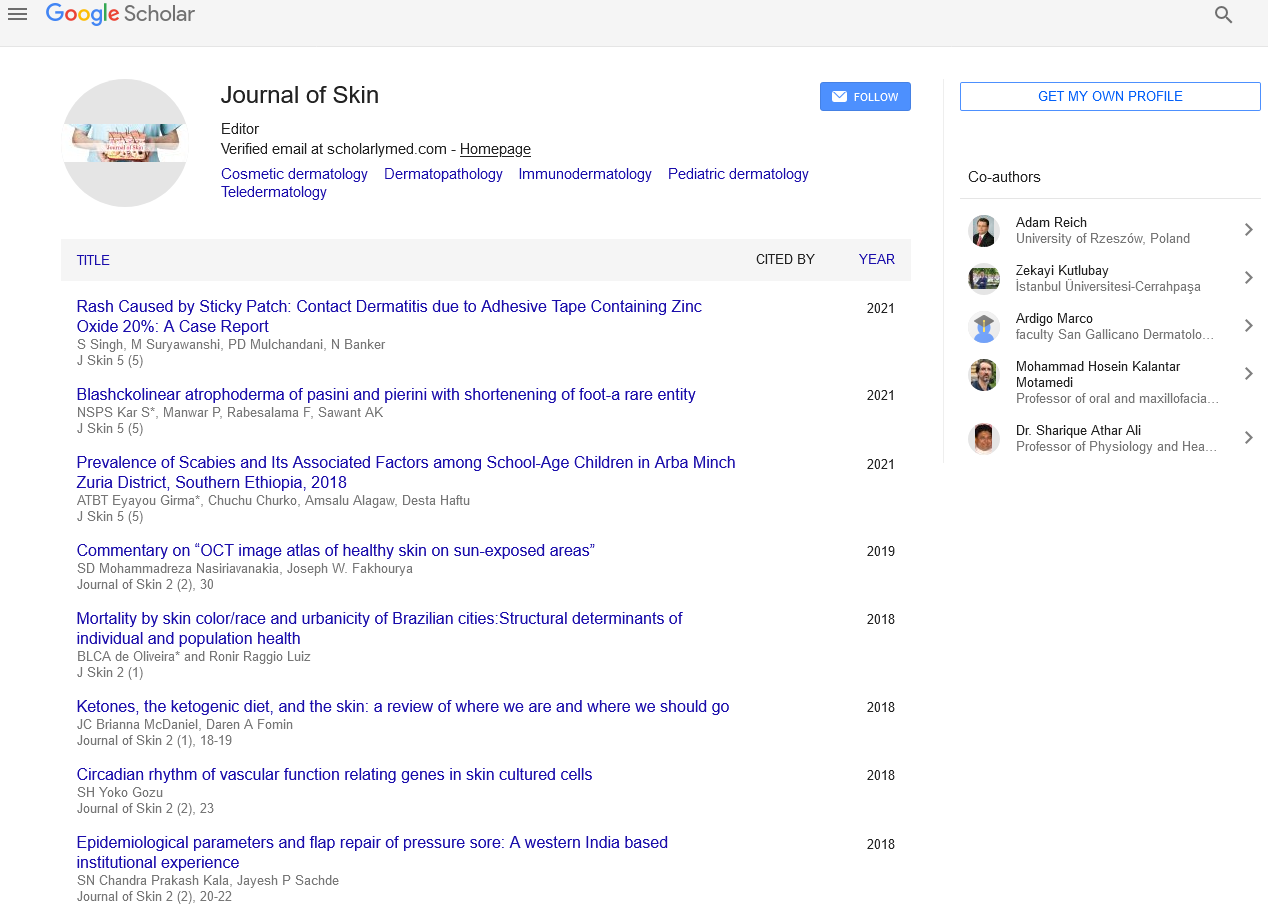All submissions of the EM system will be redirected to Online Manuscript Submission System. Authors are requested to submit articles directly to Online Manuscript Submission System of respective journal.

Sign up for email alert when new content gets added: Sign up
Abstract
Predicting thermal injury patient outcomes in a Tertiary Care Burn Centre, Pakistan
Author(s): Mohammad Suleman BajwaObjectives To explore candidate parameters for their ability to predict survival and length of hospital stay (LOS) in thermal burns patients, to prepare multivariate predictive models for these two outcomes, and to compare performance of native models to other models. Methods A retrospective cohort study was undertaken based on record review. Data was extracted from files of patients admitted to a tertiary-care burn centre in Lahore, Pakistan from January 1, 2020 to October 31, 2020. Univariate preselection was used to prepare multivariate logistic regression models for each outcome of interest (survival and LOS). Multivariate models were tested and compared to other models. Results Increasing TBSA of burn was positively associated with reduced survival and prolonged length of stay. Advancing age and full-thickness burns independently predicted decreased survival. Burn etiology showed prognostic value: petrol-flame burns predicted decreased survival and prolonged LOS; scald was associated with improved survival-odds and shorter LOS. The Survival-model consisted of (1) Baux score, (2) TBSA>40% and (3) serum albumin <3.5g/dl (AUC=0.968, Nagelkerke R2=0.797). The LOS-model consisted of (1) TBSA2 and (2) serum albumin concentration (AUC= 0.832, Nagelkerke R2 =0.408). In tests of discrimination and calibration, native models prepared for survival and LOS outcomes outperformed other models applicable to our dataset. Conclusion Data from a South Asian burn center has been used to explore factors influencing prognosis for their utility in predictive models for survival and the duration of hospital stay. The significant prognostic roles of TBSA, age, inhalational injury, burn-depth, etiology of burn, anatomic site of burn, hypoalbuminemia and other biochemical parameters were observed. These tools hold significance in guiding healthcare policy and in communications with patients and their families.




